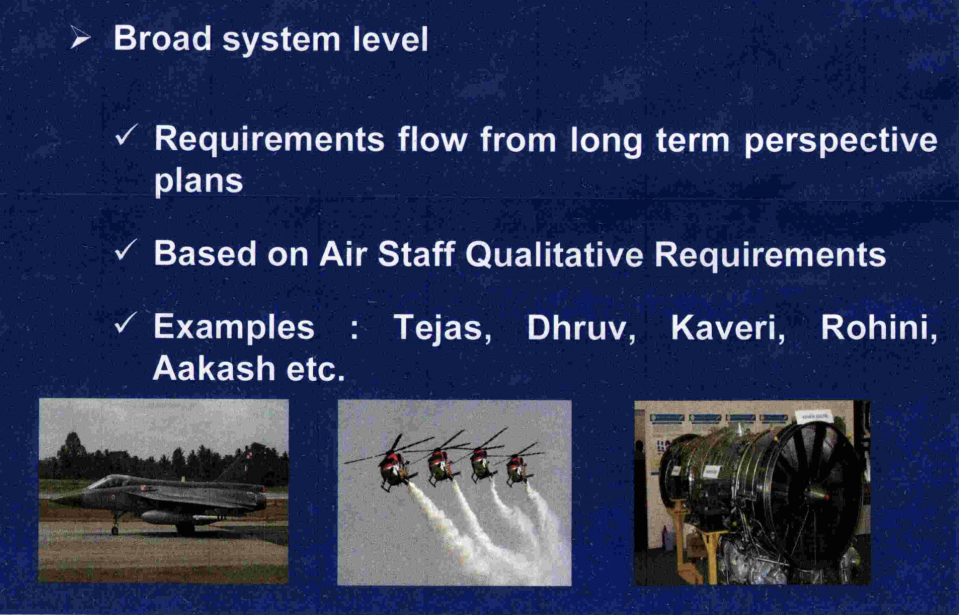Indigenisation in IAF: Why Make in India? Opportunities for MSMEs'

October 8 is celebrated as the Air Force Day in India because on this day, the Air Force was officially raised in 1932 as the supporting force of the Royal Air Force of the United Kingdom. The first operational squadron came into being in April 1933. After participation in World War II, the Air Force in India came to be called the Royal Indian Air Force in the mid 1940s. In 1950, after the republic came into being it became the Indian Air Force. From six officers and 19 Hawai Sepoys back in 1933, the Air Force now is the fourth largest in the world.
As of 2020, Prime Minister Narendra Modi’s vision of ‘Atmanirbhar Bharat Abhiyan’, ('self-reliant India' or 'self-sufficient India') includes the indigenisation of IAF as well.
While India has been procuring high-intensity machines from Russia, France and other countries, here is a glance at why there is a growing need to focus on ‘Make In India’ products in the Indian Air Force and what are the opportunities and challenges for MSME’s.
What is indigenisation?
Indigenisation is the application of technology and resources available within the country to develop a product equivalent to the original.
It is the process of shortening supply chain and ensuring reliable product support.
Indigenisation gained impetus post the break up of USSR in 1994-95 due to depleting product support from original equipment manufacturers (OEMs).
In fact, indigenisation is one of the key result areas for the IAF.
Need for indigenisation in IAF
-To reduce dependency on foreign vendors
-Saving of valuable foreign exchange
-Technological advancement and improved capabilities of domestic industry
-Confidence through self-reliance
-Efficient supply chain management
Indigenisation in IAF can be classified in to three categories
-Broad-system level
-Sub-system level
-Sustenance of aircraft fleets and systems













Source: https://indianairforce.nic.in/

 Yahoo Sports
Yahoo Sports 
